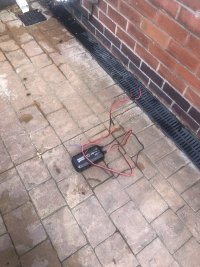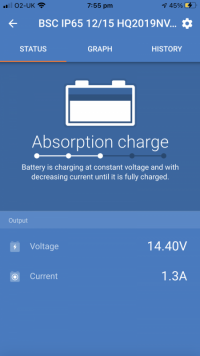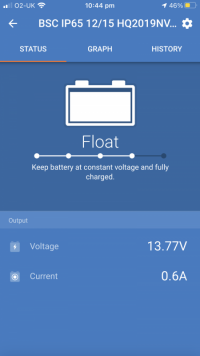here is the results from the CTEK.
2 days later the charger is still running the loads . . . similar as the Victron unit.

here is the BM2 plot.



i managed to get the charger to restart the cycle . . .
but only after throwing a massive load at the inverter, causing a volt drop . . .
the charger detected this and restart the charge cycle after the battery volts dipped below 12v.
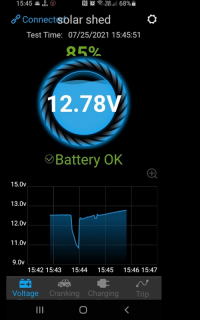
at that point the cycle restarted. . .
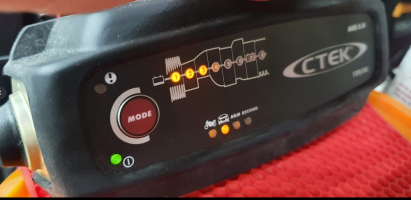
that shows that the CTEK smart chargers can be used as charger/power supply when on EHU.
test end - definatly this time.
2 days later the charger is still running the loads . . . similar as the Victron unit.

here is the BM2 plot.



i managed to get the charger to restart the cycle . . .
but only after throwing a massive load at the inverter, causing a volt drop . . .
the charger detected this and restart the charge cycle after the battery volts dipped below 12v.

at that point the cycle restarted. . .

that shows that the CTEK smart chargers can be used as charger/power supply when on EHU.
test end - definatly this time.

